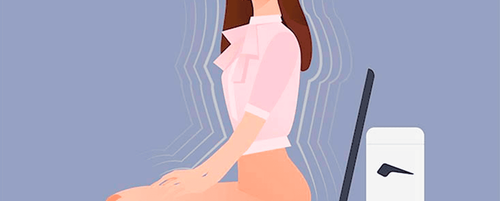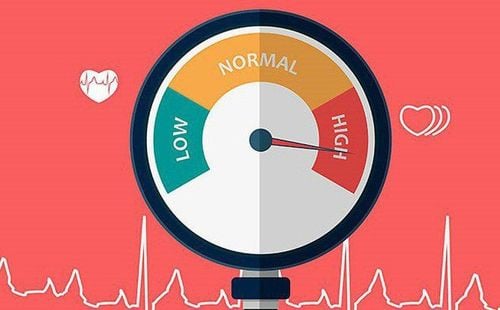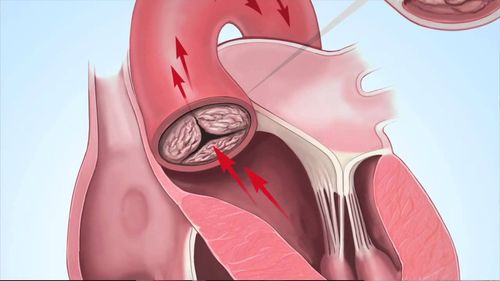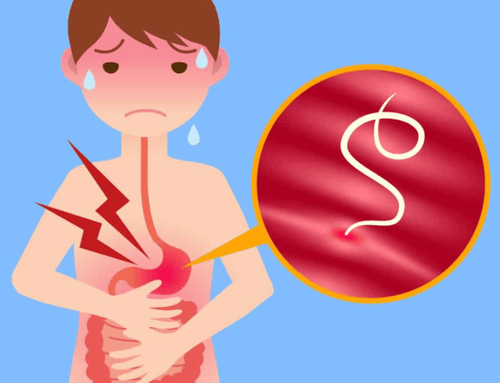Nội dung bạn đang tìm kiếm không có phiên bản tiếng Việt.
Vui lòng chọn tiếp tục để xem nội dung tiếng Anh hoặc đi đến trang chủ Tiếng Việt.
Rất xin lỗi về sự bất tiện này.

Home
Tag Hypothermia
Articles in Hypothermia

Why do you shiver when urinating?
Almost everyone will be familiar with the comical sight of a baby suddenly shivering: this can be a sign that the newborn needs a diaper change. That's because urination is associated with shivering - a strange phenomenon that persists even into adulthood.
Xem thêm

Why do you have a fever at night?
A fever at night makes it difficult for you to sleep, and fall asleep, and affects your mood the next day. If this condition persists, it can cause the patient to feel tired, have muscle aches, and feel sleepy. A child's fever at night also causes a lot of worry for parents.
Xem thêm











